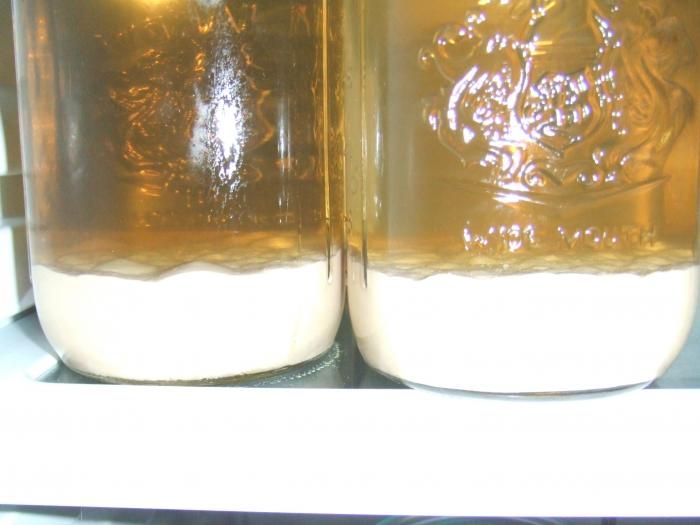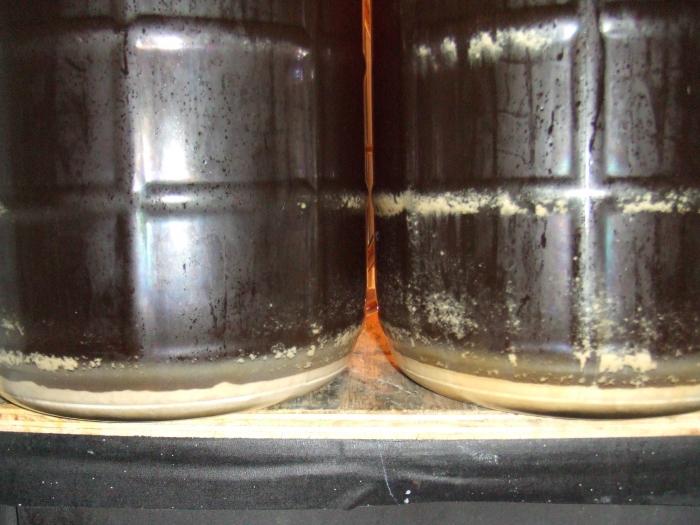I recently read of another idea that sounds reasonable to me. When you use a vial of yeast, instead of rinsing and discarding the vial, leave the residual yeast in there and use some of your starter to fill the vial back up. Leave it upright with the lid lightly capped somewhere warm. When that finishes fermenting you'll have what looks like a brand new yeast vial ready to pitch into a starter for next time.
Sure that could work, but you're probably talking about a very small amount of yeast remaining. When I harvest from a starter, I purposely grow up about 100 billion extra cells (from yeast calculators) so that the amount remaining is about what's in a vial of yeast. It's as if I never used the yeast I just bought.
















![Craft A Brew - Safale S-04 Dry Yeast - Fermentis - English Ale Dry Yeast - For English and American Ales and Hard Apple Ciders - Ingredients for Home Brewing - Beer Making Supplies - [1 Pack]](https://m.media-amazon.com/images/I/41fVGNh6JfL._SL500_.jpg)










































